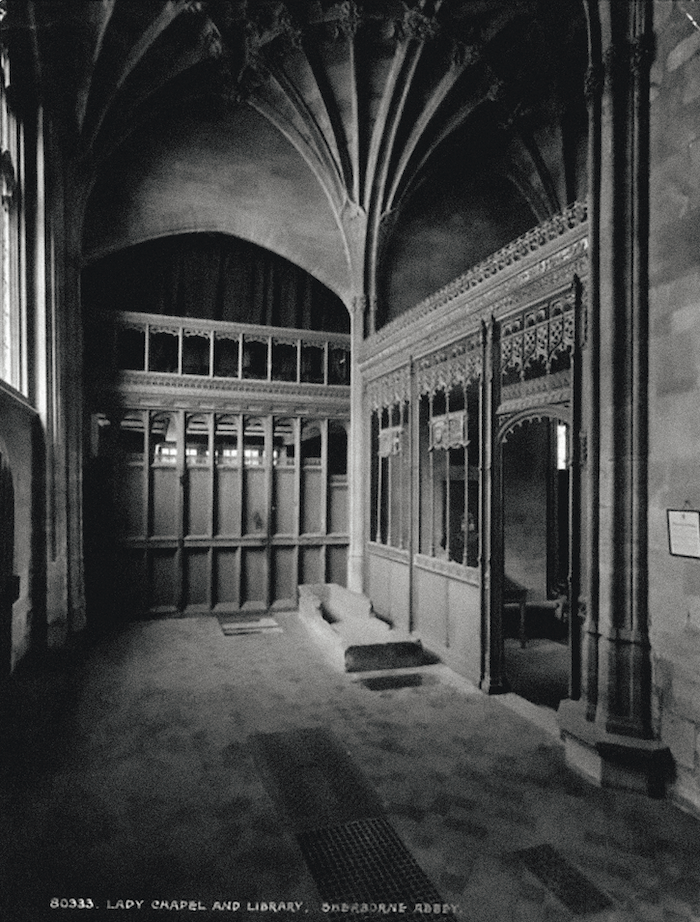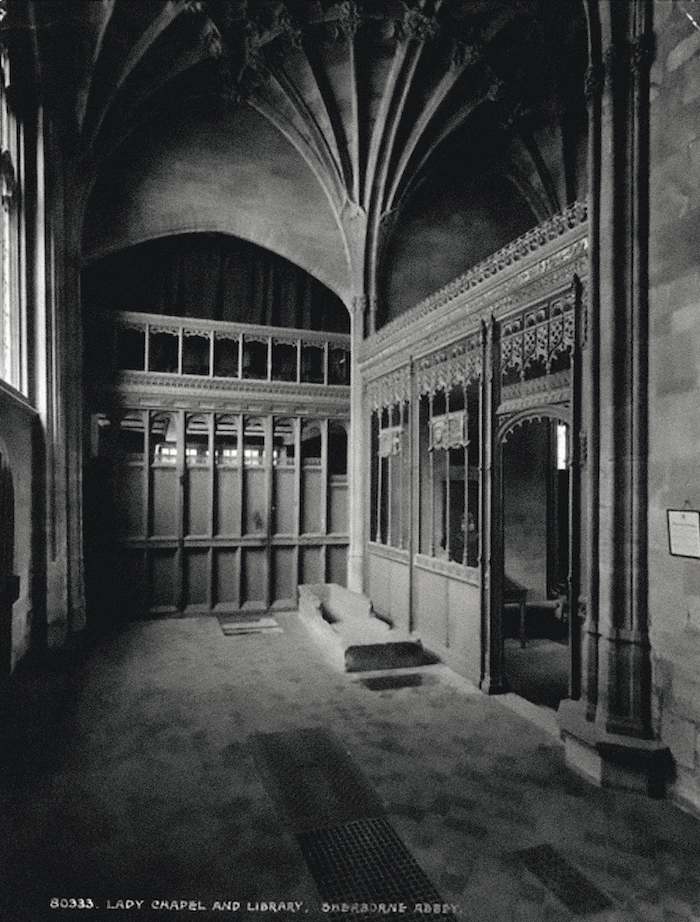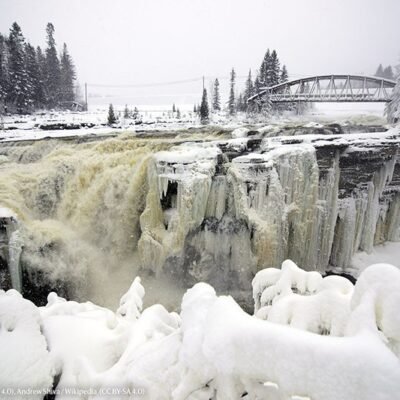In June 1925 a sarcophagus was discovered in Dorset’s Sherborne Abbey and widely reported to be that of ‘Ethelbert’, a ninth-century king of Wessex. Decades of speculation followed, before, in 1952, the Royal Commission on the Historical Monuments of England dated the sarcophagus to the 13th century. This should have laid the issue to rest – but the tradition is still alive and well today.
Æthelberht and his brother Æthelbald, both now overshadowed by their younger sibling Ælfred (‘the Great’), were the third and second sons of Æthelwulf, king of Wessex. Both ruled briefly and relatively uneventfully in the mid-ninth century. The Anglo-Saxon Chronicle records that Æthelbald was buried ‘at Sherborne’, and Ælfred’s biographer, Asser, wrote that when Æthelberht too ‘went the way of all flesh’, he was ‘interred in honorable wise at Sherborne, by the side of his brother’. This much is rarely disputed.
What is less clear, however, is where the kings were buried. In his Itinerary, the 16th-century antiquarian John Leland recalled that the brothers were buried ‘yn a Place behynd the High Altare of S. Marie Chirch’. John Hutchins, an 18th-century antiquarian, thought it ‘probable these princes were first buried in the porch, and afterwards removed near the high altar’. Indeed, it is entirely possible that the burials were translated when the church was rebuilt, first under Bishop Ælfwold in the mid-11th century, and again under Bishop Roger of Salisbury in the early 12th. Other than these antiquarians’ testimonies, however, both written centuries after the brothers died, there is very little evidence for the kings’ whereabouts today.
It was, therefore, optimistic at best for the vicar of Sherborne in 1925, Reverend Canon Stephen Harold Wingfield Digby, reporting the discovery of a ‘large stone coffin’ to the editor of the Spectator, to consider it ‘highly probable that this is another Royal Tomb’. But whether or not his belief was sincere, due to the precarious finances of an interwar campaign to restore the abbey’s medieval Lady Chapel, the ‘rediscovery of Ethelbert’ – or a similar story – had almost become a necessity to revive support for the scheme.
The Lady Chapel had been sold to Sherborne School after the Dissolution, partially demolished, and the remains then converted into a dwelling for the headmaster in 1560. The idea to ‘restore’ it for worship likely originated in the mid-19th century, and was probably the brainchild of the Tractarian vicar from 1854 to 1868, Reverend Edward Harston. The High Church journal the Ecclesiologist reported on the proposal from 1856, but the first concrete step was taken in 1860 when the local squire, George Wingfield Digby, repurchased the chapel from the school, probably under Harston’s influence. The scheme was abandoned, however, and nothing more was done until 1917, when it was taken up again as a war memorial and commemoration of the anticipated day of peace by Reverend Canon Digby, the then-squire, Major Frederick James Bosworth Wingfield Digby, and the verger, George King. But not everyone was supportive.

Not least of the opponents was Albert Reginald Powys, a brother of the writers John C., Theodore F., and Llewelyn, all of whom had attended Sherborne School. From 1912 Albert served as the secretary to the Society for the Protection of Ancient Buildings, in which capacity he effected a vigorous campaign to deter potential benefactors to the Lady Chapel restoration, which threatened to damage much of the post-Reformation fabric. Regardless, the works began in September 1921, but the impact of Powys’ opposition is revealed by a letter of 1922 from Reverend Canon Digby to his parishioners, in which he wrote that progress was being ‘held up largely as the result of a campaign chiefly engineered and fortified by those who have little or nothing to do with … Sherborne’. By the summer of 1925, £4,000 was still required for the completion of the chapel. It was fortuitous, therefore, that a sarcophagus was discovered by construction workers on 4 June.
Weeks before Reverend Canon Digby’s letter appeared in the Spectator, the story had made international news. The Irish Catholic Herald reported the discovery of ‘a coffin which is supposed to be that of Ethelbert, King of the West Saxons’, and scores of national and regional papers followed suit. Unfortunately, the identification of the sarcophagus as Æthelberht’s had been made without any expert opinion, and the more details that came to light, the harder it became to maintain. The bones inside the sarcophagus, for instance, were evidently those of a man too tall ever to have fitted inside. It also became clear that several medieval sarcophagi, including one believed to be that of Æthelbald, had been found in the abbey throughout the 19th century. Indeed, it is likely that the ‘Ethelbert coffin’ itself was a sarcophagus discovered and reburied in 1801, its conjectured identification with royalty having been publicly denounced at the time.
Nevertheless, echoing the known burial of Ælfred at nearby Winchester, the 1925 find struck a chord with an interwar public still captivated by the landscape and history of ‘ancient Wessex’, popularised, for example, by the novels of Thomas Hardy. Sherborne Abbey saw a near-record number of visitors over the summer that followed, and the story quickly filtered into travel literature, such as the Great Western Railway’s guidebook, Abbeys (1925), by the medievalist and horror-writer, M.R. James.
The extent of the fundraising necessary to complete the Lady Chapel suggests that the ‘rediscovery’ ultimately did little to improve the project’s finances. Moreover, while the misidentification endured nonetheless, it is now clear that, wherever they are, the royal brothers remain as yet undisturbed.
Francis Brown is a PhD student in the Archaeology and History Department at the University of Exeter.





